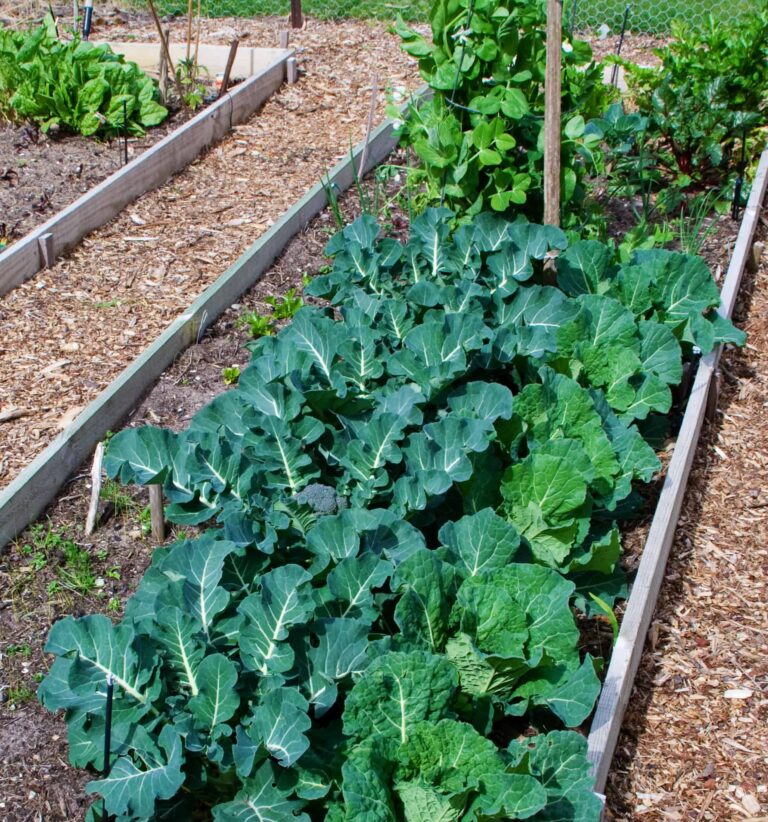Creating and Managing Soil Microclimates in the Vegetable Garden
Introduction: Why Soil Microclimates Matter
Soil microclimates—the small variations in temperature, moisture, and airflow within your garden beds—have a big impact on plant growth, soil life, and nutrient cycling. Over decades of hands-on gardening, I’ve discovered that intentionally managing microclimates helps vegetables thrive, supports soil microbes, and enhances regenerative practices. By tailoring the environment to specific crops and soil needs, gardeners can boost fertility, reduce stress, and optimize yields.
1. Understanding Soil Microclimates
- Temperature variations: Shaded vs. sun-exposed areas affect germination and growth.
- Moisture levels: Raised beds, mounds, or low spots create wetter or drier zones.
- Airflow: Wind exposure impacts evaporation, soil drying, and disease susceptibility.
My Insight: In my experience, recognizing microclimates allows me to plant sensitive crops in protected areas while maximizing productivity.
2. Modifying Soil Temperature
- Raised beds or mounded rows warm faster in spring, extending growing seasons.
- Mulch or straw covers retain warmth in cold periods and moderate extremes.
- Row covers, cloches, or low tunnels create localized warming for early seedlings.
My Insight: Using raised beds and mulch together has consistently improved germination and early growth in my gardens.
3. Managing Moisture Microclimates
- Drip irrigation targets water delivery to roots while avoiding soggy surfaces.
- Swales or shallow depressions capture and hold rainwater in drier zones.
- Mulch and cover crops reduce evaporation and buffer soil from drought stress.
My Insight: I’ve found that combining swales and mulch creates consistently moist root zones, even in dry seasons.
4. Encouraging Beneficial Soil Life
- Maintain stable temperature and moisture for microbes, fungi, and earthworms.
- Apply compost, biochar, and mulch to moderate fluctuations.
- Avoid over-tilling, which disrupts microbial habitats and microclimate stability.
My Insight: My healthiest beds maintain microbial diversity through consistent moisture and temperature management.
5. Protecting Against Microclimate Extremes
- Shade cloths reduce soil overheating in summer.
- Windbreaks prevent excessive drying and temperature swings.
- Seasonal cover crops protect soil from erosion, frost, and compaction.
My Insight: Simple adjustments like temporary windbreaks or shade provide measurable improvement in plant vigor and soil life.
6. Observing and Adapting
- Use soil thermometers and moisture meters to monitor microclimate conditions.
- Track plant performance in different zones to identify ideal microclimate placements.
- Adjust bed orientation, mulch depth, and cover strategies based on observations.
My Insight: Continuous observation allows me to refine microclimate management for maximum productivity and soil health.
Conclusion
Creating and managing soil microclimates is a powerful tool in regenerative vegetable gardening. By controlling temperature, moisture, airflow, and habitat for soil life, gardeners can improve plant performance, protect soil, and support microbial activity.
Takeaway: Decades of hands-on experience show that intentional microclimate management leads to healthier, more productive, and resilient gardens.
Soil Microclimate Management Cheat Sheet
| Microclimate Factor | Techniques / Actions | Benefit to Garden & Soil | EEAT Insight |
|---|---|---|---|
| Soil Temperature | Raised beds, mounded rows, mulch, row covers, cloches | Warms soil for early germination, extends growing season | My raised beds with mulch consistently produce faster germination and stronger seedlings |
| Soil Moisture | Drip irrigation, swales, mulching, cover crops | Maintains root-zone moisture, reduces drought stress | Swales plus mulch create consistently moist zones even in dry periods |
| Airflow | Windbreaks, strategic plant placement | Reduces evaporation, prevents overheating and temperature swings | Windbreaks protect delicate crops and help maintain microbial activity |
| Shade / Sunlight | Shade cloths, strategic tree or structure placement | Prevents soil overheating, moderates microclimate for sensitive plants | Shade cloths in summer prevent wilting and improve soil life consistency |
| Soil Life Support | Add compost, biochar, minimal tillage | Stabilizes microclimate, supports microbes, fungi, and earthworms | Beds with stable moisture and temperature host more earthworms and thriving microbes |
| Seasonal Protection | Cover crops, mulch, frost cloths | Reduces erosion, prevents frost damage, buffers temperature extremes | Cover crops protect soil and enhance microclimate while adding organic matter |
| Monitoring & Observation | Soil thermometers, moisture meters, visual checks | Identify hot/cold or wet/dry zones, adjust practices accordingly | I track microclimates seasonally to refine plant placement and amendment strategies |
💡 Quick Tips from Experience
- Use raised beds and mulch together for consistent warmth and moisture.
- Maintain living roots and organic matter to stabilize microclimates.
- Adjust shade, windbreaks, and irrigation based on observed soil conditions.

